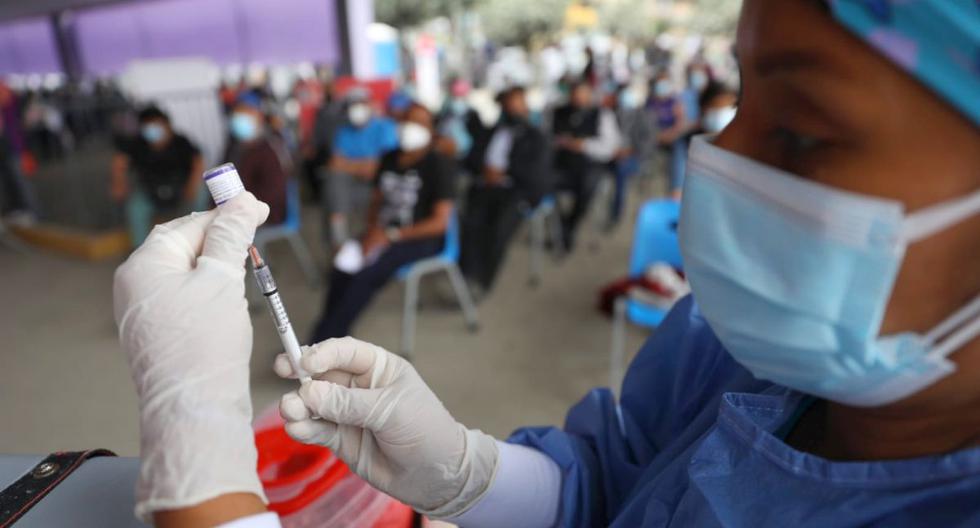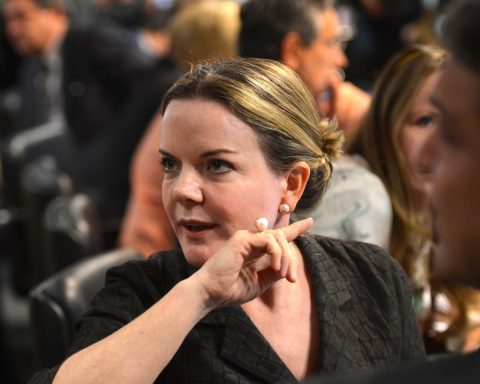The purpose of the letter Z, now common in Russia, is not to support Zelensky, the president of Ukraine, but to support the Russian forces involved in the conflict. The Z came from the images of the Russian trucks and tanks that had it painted as a form of identification, in order to avoid mistakes that would make them the target of attacks by troops from the same side.
People in Russia they show zetas drawn on their clothes, and vehicles on the streets carry flags with them. Schoolchildren gather to form zetas and sing patriotic songs. Athletes and artists use them. Confectionery confections are made in a Z shape. Ornaments and decorations for the home and office are hung on walls, displayed on facades and balconies, and placed on tables and desks. And even sectors of the Russian Orthodox Church gave their approval to the offensive.
It is tempting to attribute such expressions to government coercion. If President Putin is described as a dictator who wields all-encompassing power at will, it would not be difficult for all these testimonials of support to be nothing more than the result of official instructions, which the population has been forced to comply with.
They could also be attributed to misinformation. Assuming that the government controls all the media, and that it has the power to decide what Russians see and hear, it would be feasible for it to present the invasion as a humanitarian feat, aimed at freeing Ukraine from the oppression of a minority. that responds to Western interests, determined to militarily encircle Russia and bring her to her knees.
Such explanations, however, while they may have played a role, seem simplistic and exaggerated, motivated by a desire not to recognize that nations like RussiaPeople who have been through a major crisis and emerge stronger, build resentments and embrace opportunities to reclaim their pride and self-esteem. This was the case in Germany after the First World War.
















